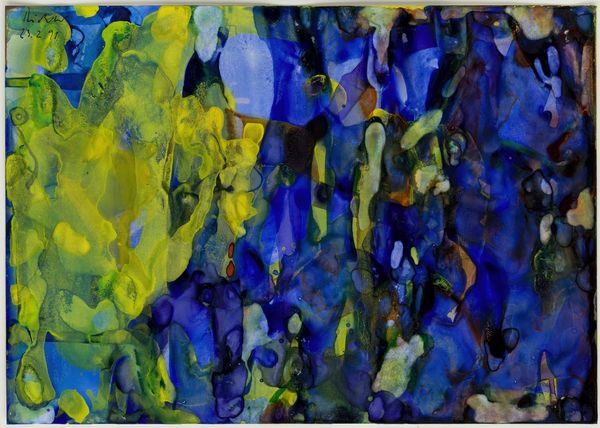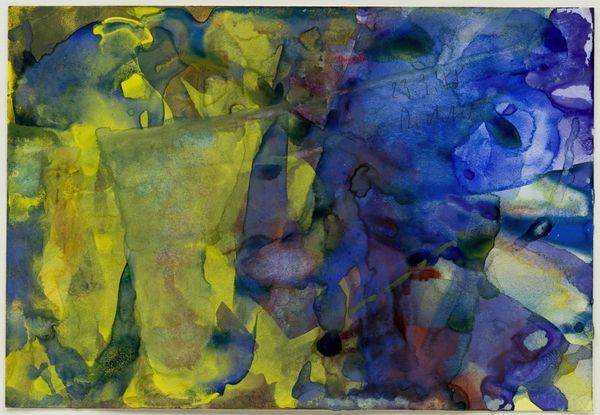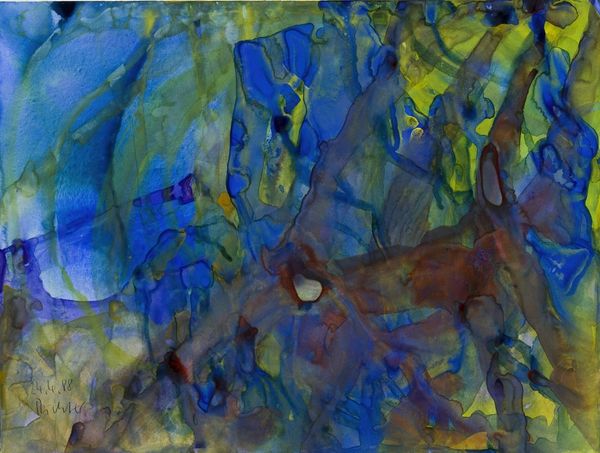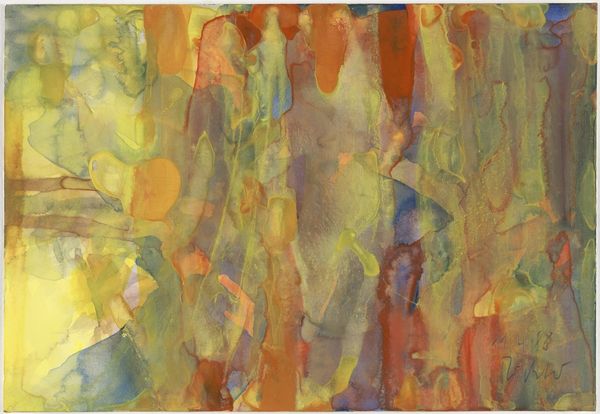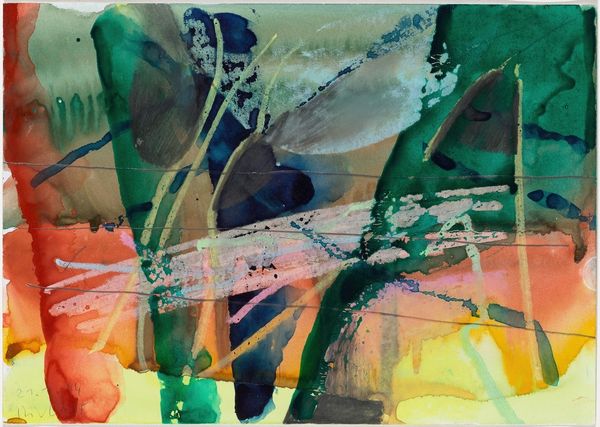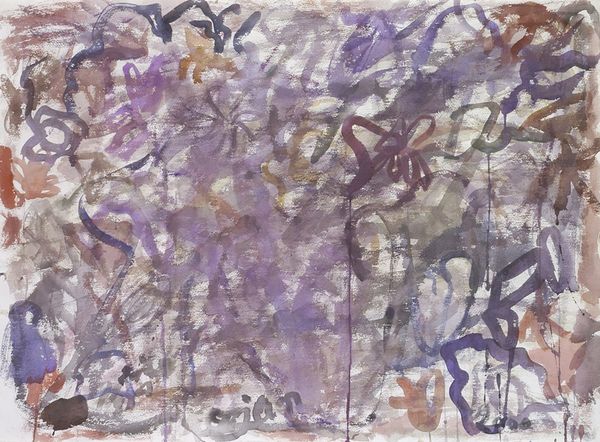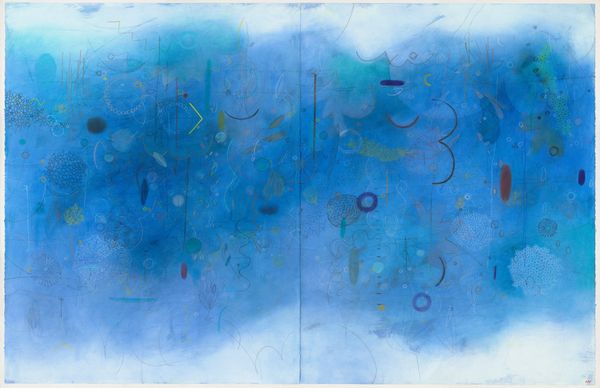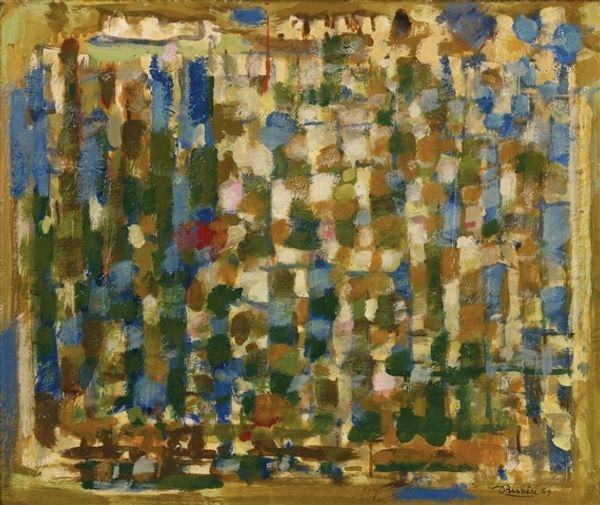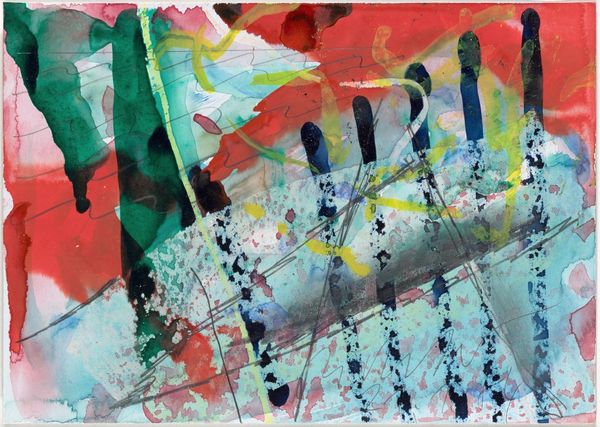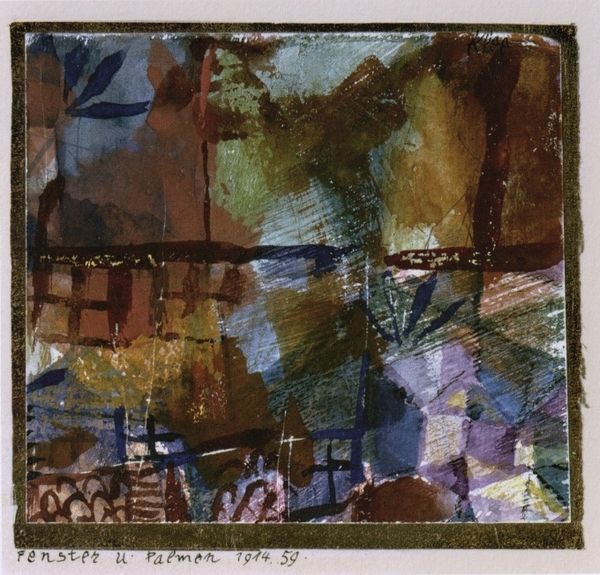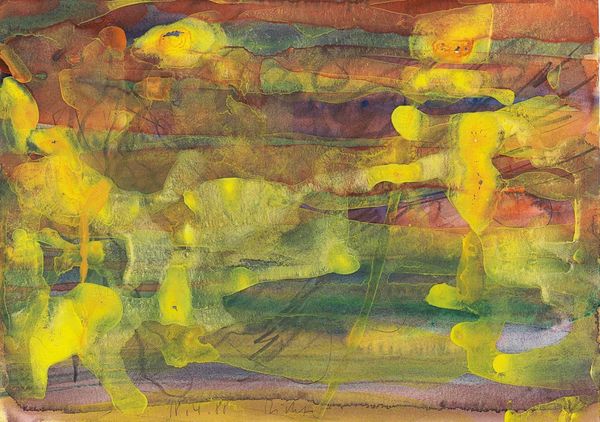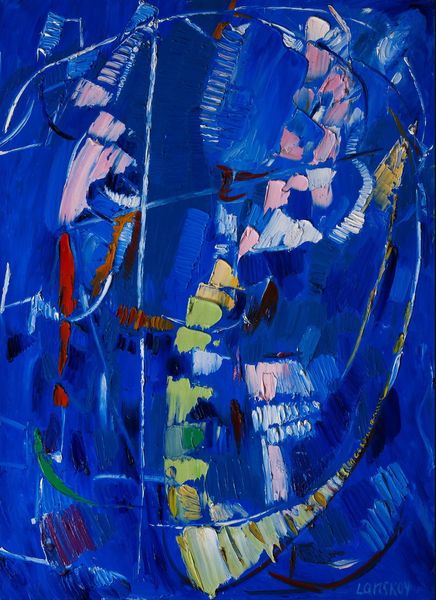
#
capitalist-realism
Copyright: Modern Artists: Artvee
Gerhard Richter painted this watercolour, entitled 22.3.88, in Germany. Richter's abstract paintings, such as this one, invite us to consider the social role of art in representing reality. The work was produced during a time of intense political change, with the fall of the Berlin Wall just a year away. Made in a country that was undergoing significant changes, the smeared colors could be seen as a reflection of a society in flux, mirroring the loss of faith in grand narratives and ideologies. Richter’s blurring and layering techniques visually express the ambiguity of history and the unreliability of images. It’s interesting to note that Richter was trained in both East and West Germany, experiencing first-hand the ideological divide of the Cold War. We can consider how such social and political circumstances might have influenced his artistic practice. The role of the art historian is to reveal these important connections and to understand the meanings that emerge from specific contexts. By exploring sources from the period, we can gain insight into Richter's intentions and better appreciate the depth of his work.
Comments
No comments
Be the first to comment and join the conversation on the ultimate creative platform.
